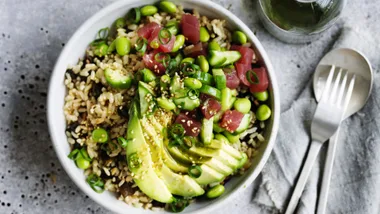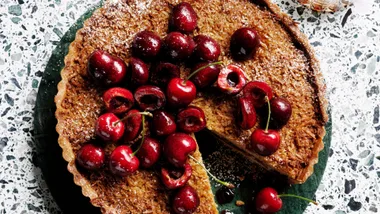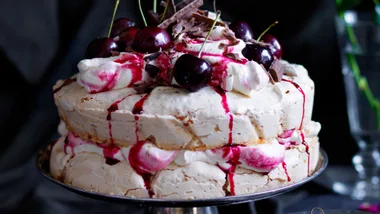Broad beans are the harbingers of spring. Sure, all that podding (and double podding) is fiddly, but the results, we think, are well worth the effort. They work beautifully in spring-ready salads and longer-form braises (Greg Malouf’s broad bean and chickpea stew is especially good), or crushed on toast for an easy breakfast or lunch solution.
Cook them into fritters or flash-fry them quickly in a pan with chilli and toss them through orecchiette for a colourful pasta dish, broad beans are one versatile legume. Stir through risotto and top with a simple drizzle of olive oil for a complete meal, or smash and spread them on crunchy sourdough toast for a hearty breakfast. Did we mention they’re the ideal salad topper?
Time to get shelling. These are our best broad bean recipes for spring.
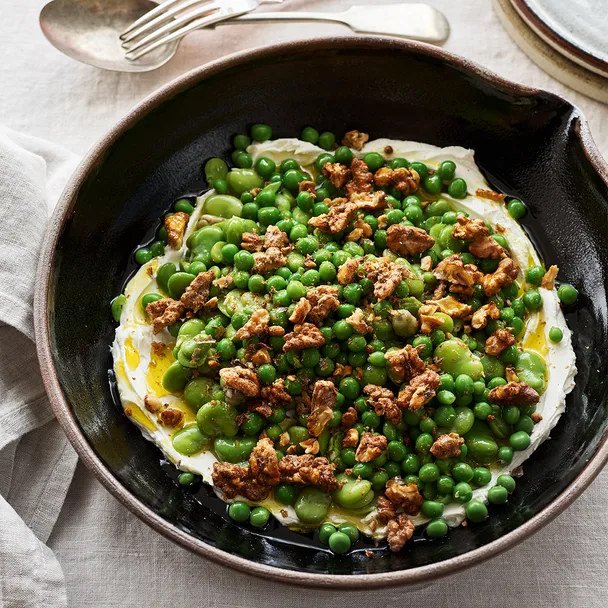
The Agrarian Kitchen’s broad beans and peas with spiced walnuts
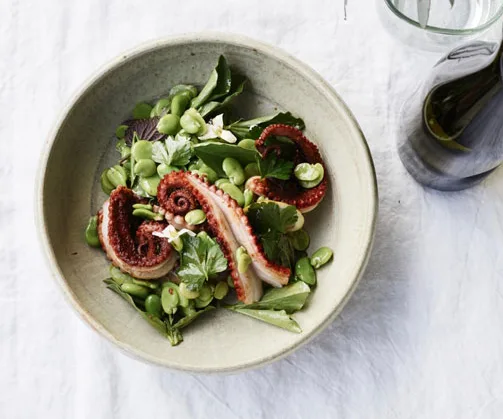
Brae’s barbecued octopus with lemon, broad beans and their leaves
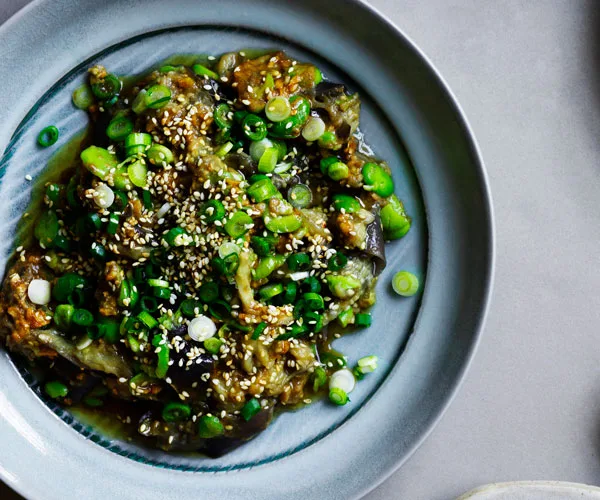
Tony Tan’s eggplant and broad beans with soy-sesame dressing
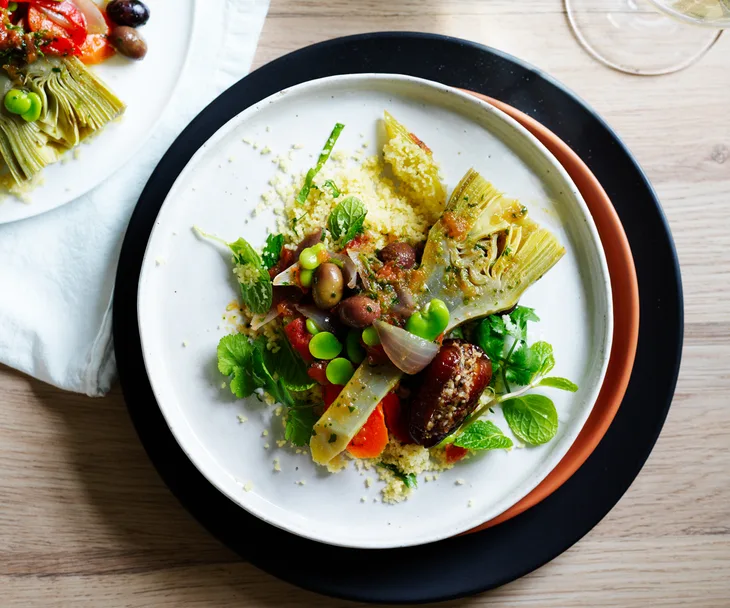
Neil Perry and Richard Purdue’s globe artichoke and broad bean tagine

Fried tortillas with broad beans, feta and lime

Fior di latte, pea, broad bean and lemon salad

Greg Malouf’s burrata with broad bean and chickpea stew

Tony Tan’s five-spiced ‘smoked’ fish with broad bean salad
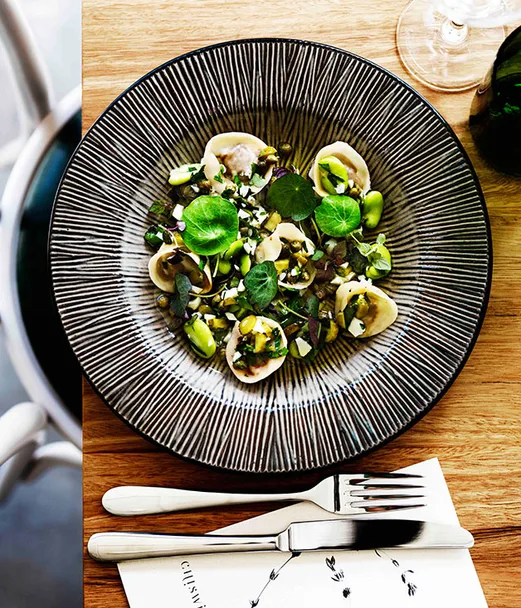
Veal tortellini with broad beans and cornichons
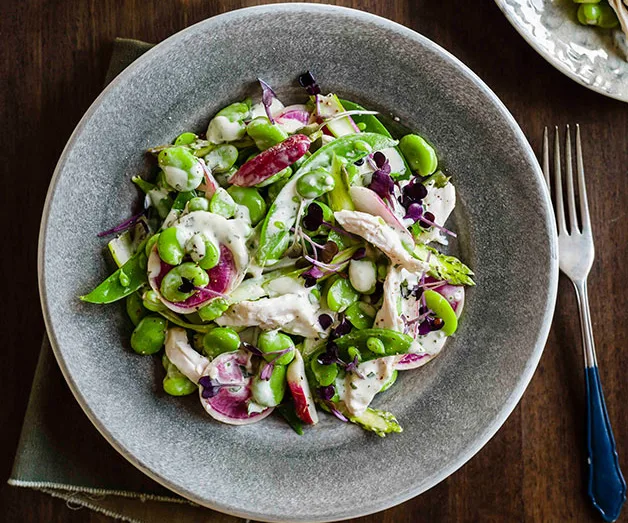
Poached chicken, broad bean, radish and young garlic salad
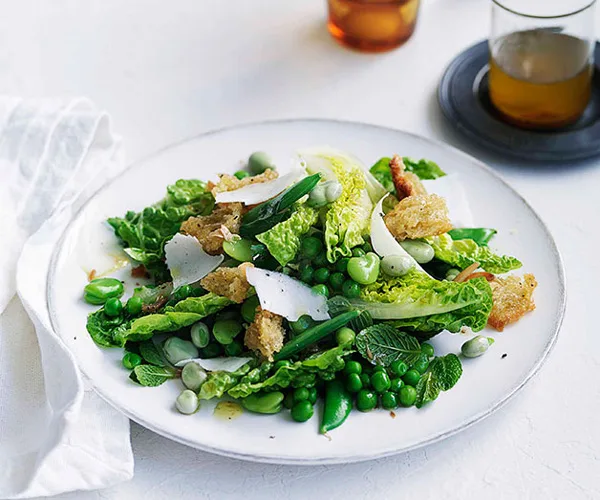
Pea, broad bean and torn bread salad

Salade printemps with goat’s curd and herb vinaigrette
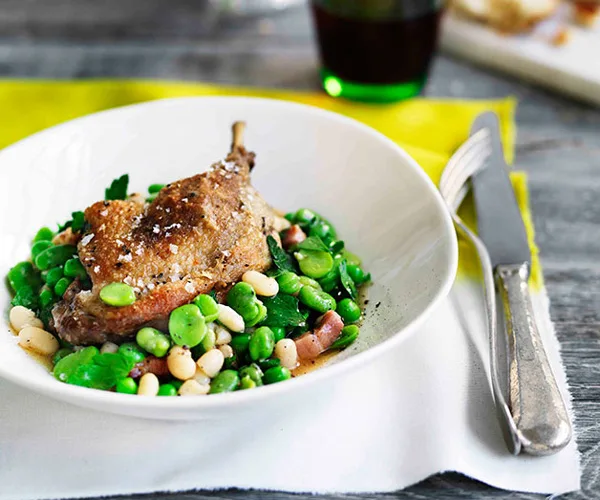
Confit duck with white beans, speck and broad beans

Osteria Illaria’s grilled fennel and asparagus salad

Lamb neck with artichokes, broad beans and peas
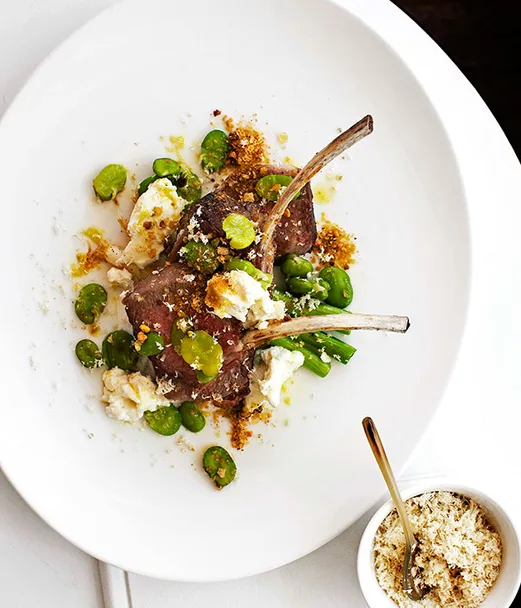
Roast lamb rack with spring onions, broad beans and goat’s cheese

Sicilian artichoke, broad bean and pecorino salad

Lentil, mint and broad bean salad

La vignarola (Roman spring stew)
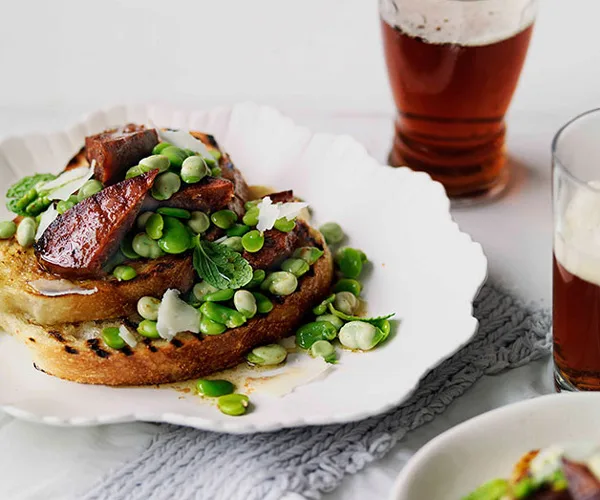
Chorizo, broad beans and Manchego

Guillaume Brahimi’s blue-eye trevalla with Jerusalem artichokes, broad beans and chicken jus
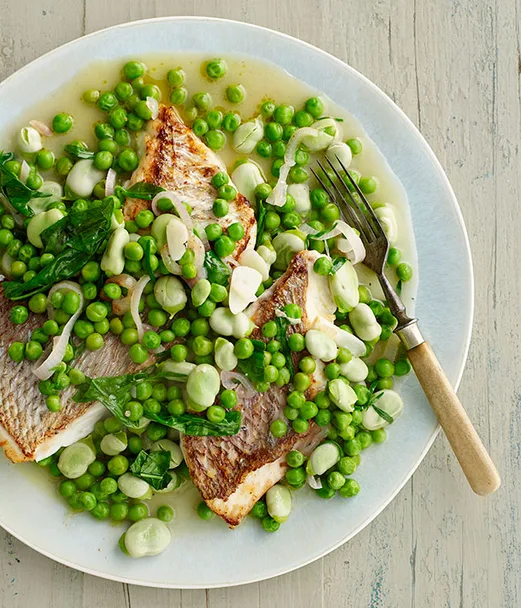
Pink snapper with braised peas and broad beans
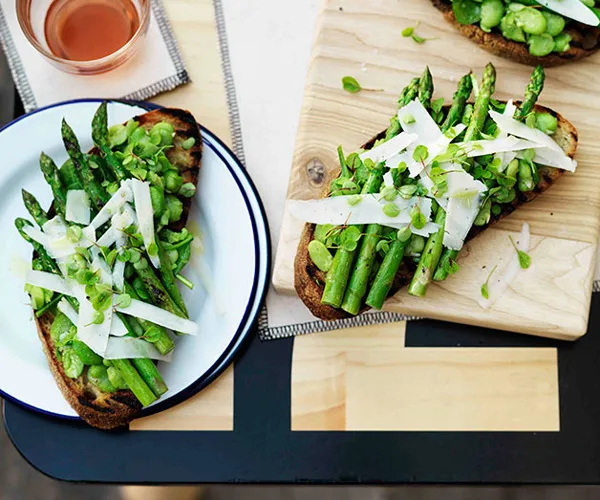
Mike McEnearney’s crushed broad bean, grilled asparagus, pecorino and sorrel tartine

Tabbouleh of spring beans, seeds and nuts
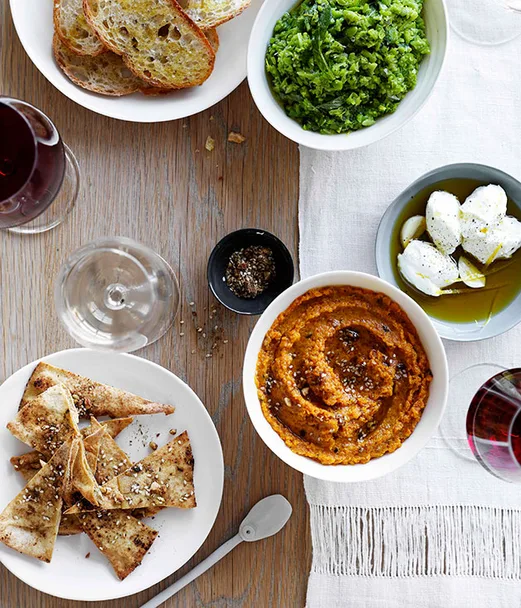
Crushed broad beans with garlic and lemon crostini
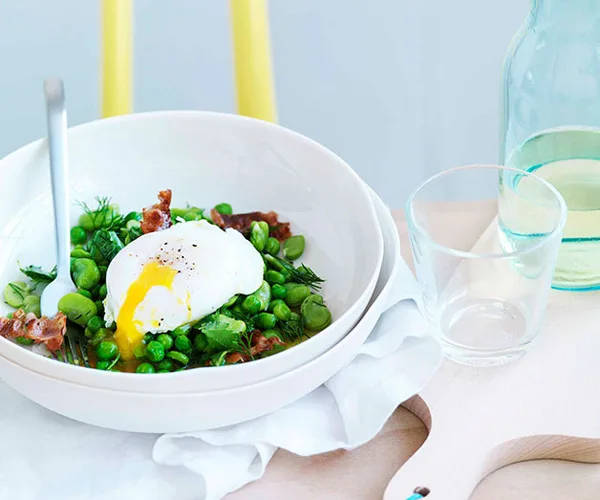
Broad bean, crisp pancetta and poached egg salad
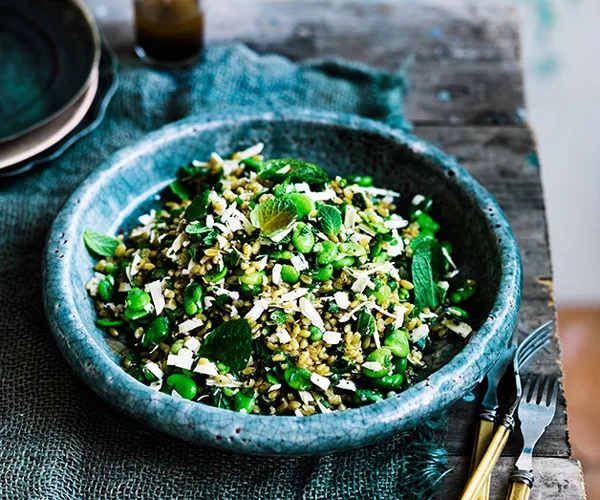
Danielle Alvarez’s farro with broad beans, ricotta salata, mint and lovage
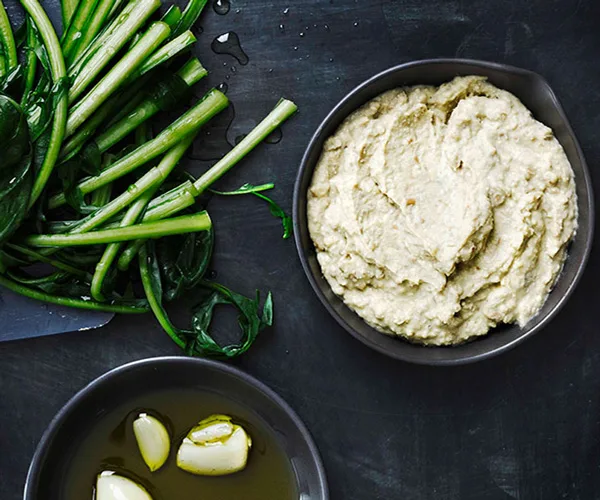
Pugliese broad bean purée with boiled chicory (fave e cicoria)
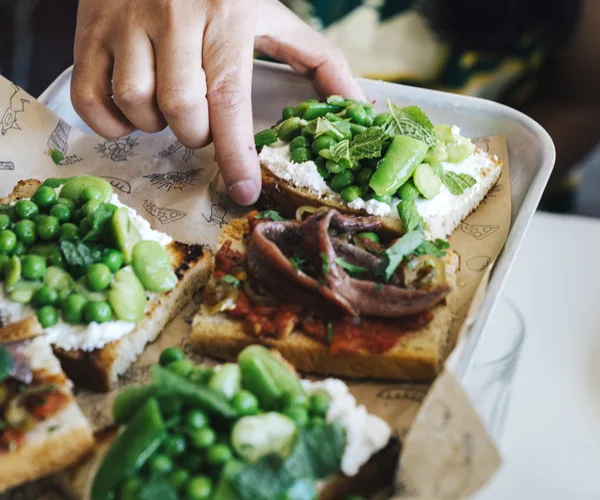
Pinbone’s peas, beans, ricotta and mint bruschetta
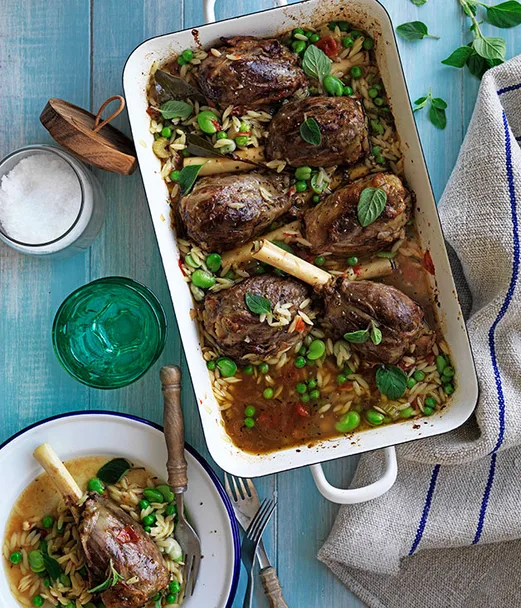
Oregano-braised lamb shanks with broad beans, peas and orzo
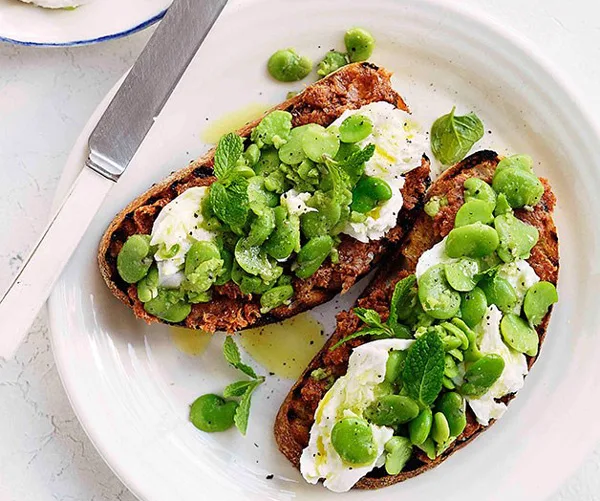
Grilled sourdough with ’nduja, smashed broad beans and green garlic
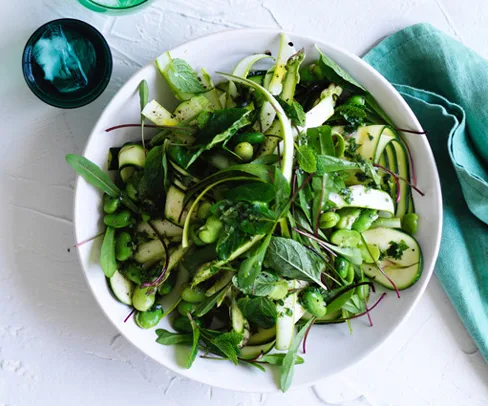
Insalata primavera
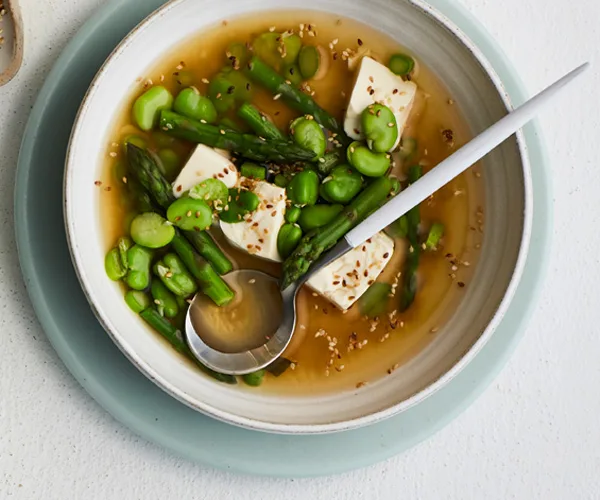
Miso broth with broad beans and tofu
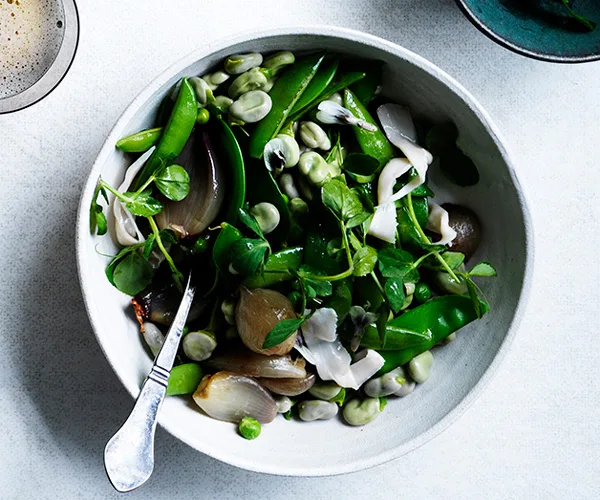
Dave Pynt’s pea, bean and shallot salad
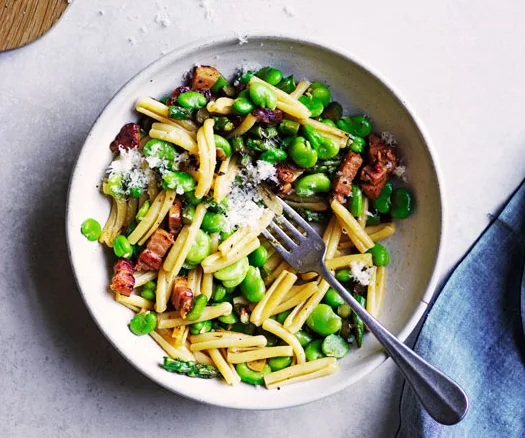
Casarecce with spring vegetables and pancetta
FAQs
What are broad beans?
Broad beans — also commonly known as fava beans — are a type of legume with large, flat pods that contain edible seeds. Slightly nutty in flavour, they’re rich in protein, fibre and nutrients, and are used widely throughout Mediterranean and Middle Eastern cuisines.
What is the best way to eat broad beans?
The best way to eat broad beans is to first remove them from their pods, then blanch, roast or boil the beans before removing the tough outer shell. They can be tossed simply in salads with olive oil and other condiments, pureed into dips, smashed and lathered over grilled sourdough for breakfast or lunch, and so much more.
Do I need to remove the skins?
Yes, removing the skins gives you a bean that is sweeter, more tender and less bitter. This is particularly true of older or larger beans, however, younger and smaller beans tend to be softer.



